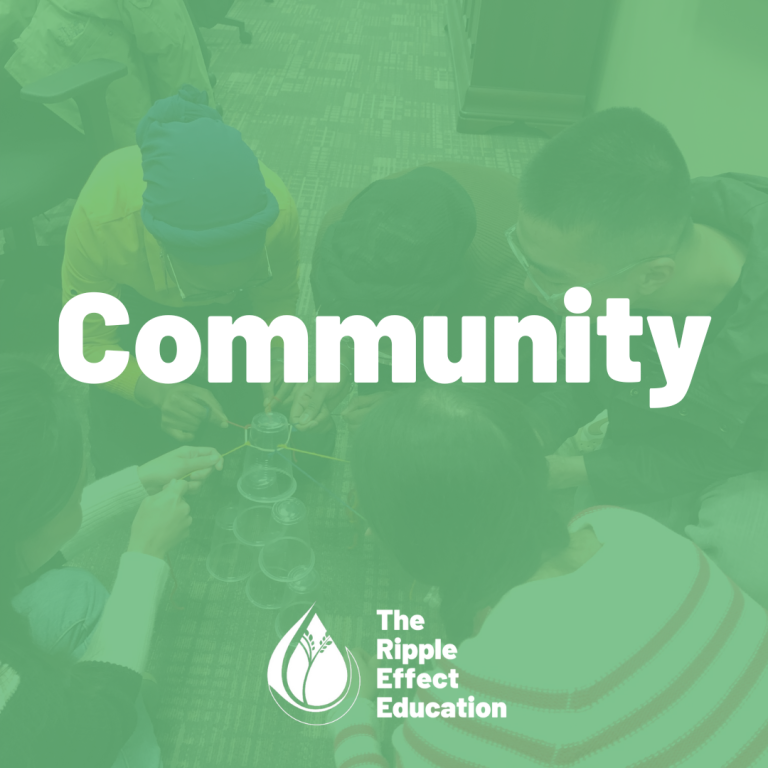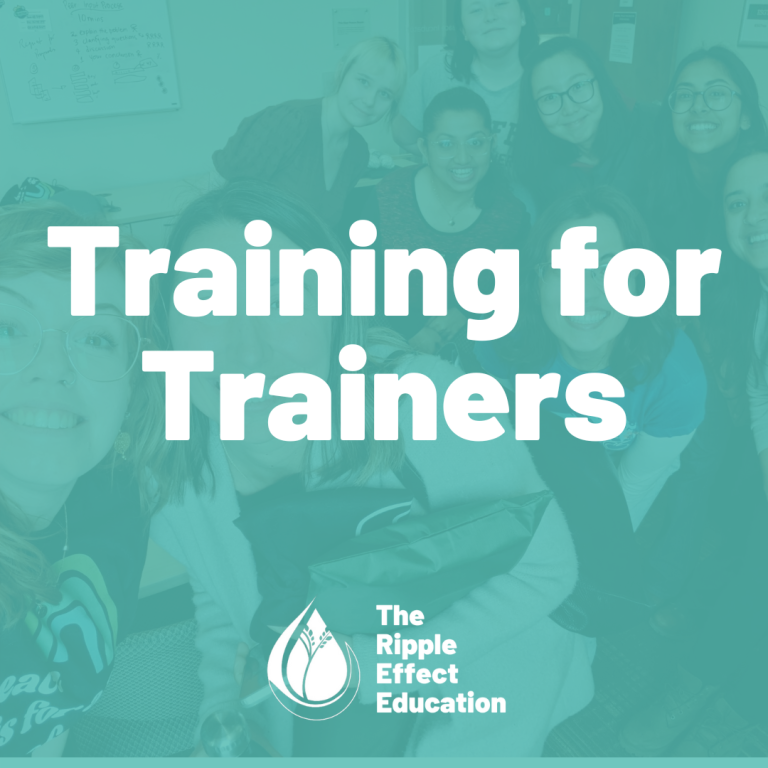Empathy is a basis of human interaction, allowing us to understand and share the emotions of those around us. Among its various forms, compassionate empathy stands out as particularly impactful. While emotional and cognitive empathy focus on understanding, compassionate empathy goes further, driving us to take action to aid in relieving the heavy emotions another may be feeling while also nurturing our own well-being (Sabater, 2021).
Emotional empathy means understanding how others feel, almost like feeling it yourself (Williams, 2018). However, without setting boundaries, this deep connection can lead to emotional exhaustion. On the flip side, cognitive empathy involves delving into the reasons behind someone’s emotions, aiming to grasp their perspective and thoughts more deeply (2018).
Compassionate empathy helps us support others without bearing their emotional weight. It inspires us to take tangible actions to alleviate their distress. By empathizing with another’s emotions and actively working to ease their distress, we demonstrate genuine care and concern. Whether it’s offering words of encouragement to remind them of their resilience or simply providing a listening ear, compassionate empathy empowers us to be helpful while balancing our compassion with self-care to prevent burnout (Williams, 2018).
Compassionate empathy teaches us to stay fully present and open-minded without fixating on specific outcomes (Williams, 2018). It looks like being in the moment and staying curious, without jumping to conclusions. For example, when having tough conversations, staying curious instead of making quick judgments helps us connect better with others and understand where they are coming from. This combination of emotional understanding and logical insight provides us with the skills needed to handle difficult conversations effectively, allowing us to concentrate on resolving issues and providing support.
Developing compassionate empathy involves using different techniques to connect with others. For example, making soft eye contact shows that you understand and care without making the other person feel uncomfortable (Williams, 2018). Additionally, noticing and mirroring facial expressions can help you communicate empathy and build unity (2018). Keeping an open body posture also lets others know you’re approachable and sincere in your communication (2018).
Another important way to show compassionate empathy is by recognizing and acknowledging the emotions of others (Williams, 2018). This not only deepens our understanding of their experience but also strengthens our connection with them (2018). Adjusting how we speak–our tone and volume–is crucial for ensuring that others feel heard and understood (2018). Moreover, when we empathize with others’ emotions, it brings us closer to them and helps us create a sense of connection (2018).
This emotional bond allows us to experience what others are feeling, further strengthening our bond with them. Additionally, actively listening without judging creates a safe space for people to express their true feelings. Being mindful of both what’s said and how it’s expressed is really important – it’s not just about the words we use, but also about how we show we care through our body language. By practicing these behaviours, we can build stronger relationships with others (Williams, 2018).
In essence, compassionate empathy aids in creating meaningful human connections. By understanding, acknowledging, and actively responding to the emotions of others, we create spaces of genuine support. Through practices like soft eye contact, mirroring expressions, and adjusting our tone, we not only communicate empathy but also foster deeper connections. Ultimately, compassionate empathy empowers us to navigate challenging situations with courage and kindness, strengthening relationships and building a more compassionate world for everyone.
Read our other related blog articles:
References
Sabater, V (2021, April 15). Compassionate Empathy: From Feeling to Action. Exploring Your Mind. https://exploringyourmind.com/compassionate-empathy-from-feeling-to-action/
Williams, J (2018, April 19). The 3 Types of Empathy Explained: Part lll, Compassionate Empathy. Heartmanity. https://blog.heartmanity.com/the-3-types-of-empathy-explained-part-iii-compassionate-empathy

Jessa Paddison is a passionate social justice advocate and dedicated educator, finding fulfillment in fostering connections and personal growth through meaningful conversations. She earned her Bachelor of Arts in her home province of British Columbia at the University of Victoria in 2021. Currently, Jessa is pursuing a Master’s degree in Social Justice and Community Engagement at Wilfrid Laurier University.
With a strong foundation in diversity, equity, and inclusion, and community partnership, Jessa has dedicated her efforts to the creation of inclusive and equitable communities. Her passion specifically revolves around dismantling oppressive systems. Eager to make a positive impact, she is thrilled to start a placement with TREE, where she aims to create meaningful and safe spaces that foster growth and kindness.
Beyond her academic pursuits, Jessa finds joy in laughter shared with friends and family, spending time outdoors (especially the mountains and oceans!), and travelling to new places.








